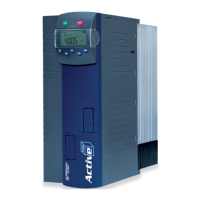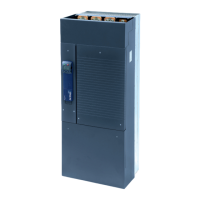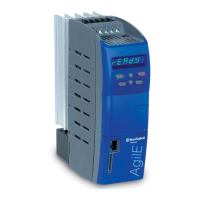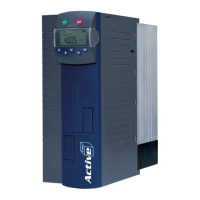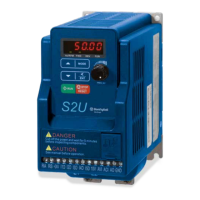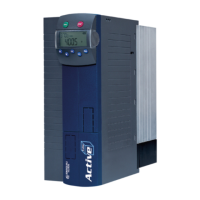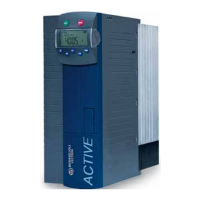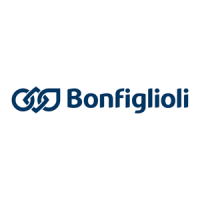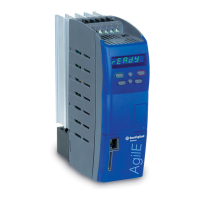NOTE
The values are entered automatically into the EEPROM on the controller. If values
are to be written cyclically, there must be no entry into the EEPROM, as it only has a
limited number of admissible writing cycles (about 1 million cycles). If the number of
admissible writing cycles is exceeded, the EEPROM is destroyed.
To avoid this, cyclically written data can be entered exclusively into the RAM without a
writing cyc
le taking place on the EEPROM. The data are volatile, i.e., they are lost on
power-off and have to be written again after power-on.
12.3.2.1 Example Writing an index parameter
Typically an index parameter is written during commissioning or regularly at simple
positioning applications.
Writing Parameter 1202 Target Position / Distance (Typ long), in Index 1 into RAM
(index 34 for write access) with Parameter value 30000.
Index = 1200 + 0x2000 = 0x24B0, Value (int) = 34 = 0x0022
Index = 1202 + 0x2000 = 0x24B2, Value (long) = 30000 = 0x0000 7530
Write Request P. 1200 to Index 34
Write Request P. 1202 to 30000 u
If several parameter of an index should be changed, it is sufficient to set the index
access parameter 1200 once at the beginning.
12.3.2.2 Example Reading an index parameter
To read an index parameter, first the index access parameter has to be set to the
corresponding index. After that, the parameter can be read out.
Reading Parameter 1202 Target Position / Distance (Typ long), in Index 1 with Pa-
rameter value 123000.
Index = 1201 + 0x2000 = 0x24B1, Value (int) = 1 = 0x0001
Index = 1202 + 0x2000 = 0x24B2, Value (long) = 123000 = 0x0001 E078
Write Request P. 1201 to Index 1
If several parameter of an index should be read, it is sufficient to set the index access
parameter 1201 once at the beginning.
84 CM-CAN ACU 04/13
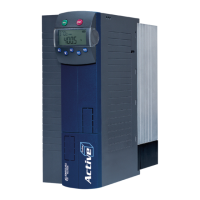
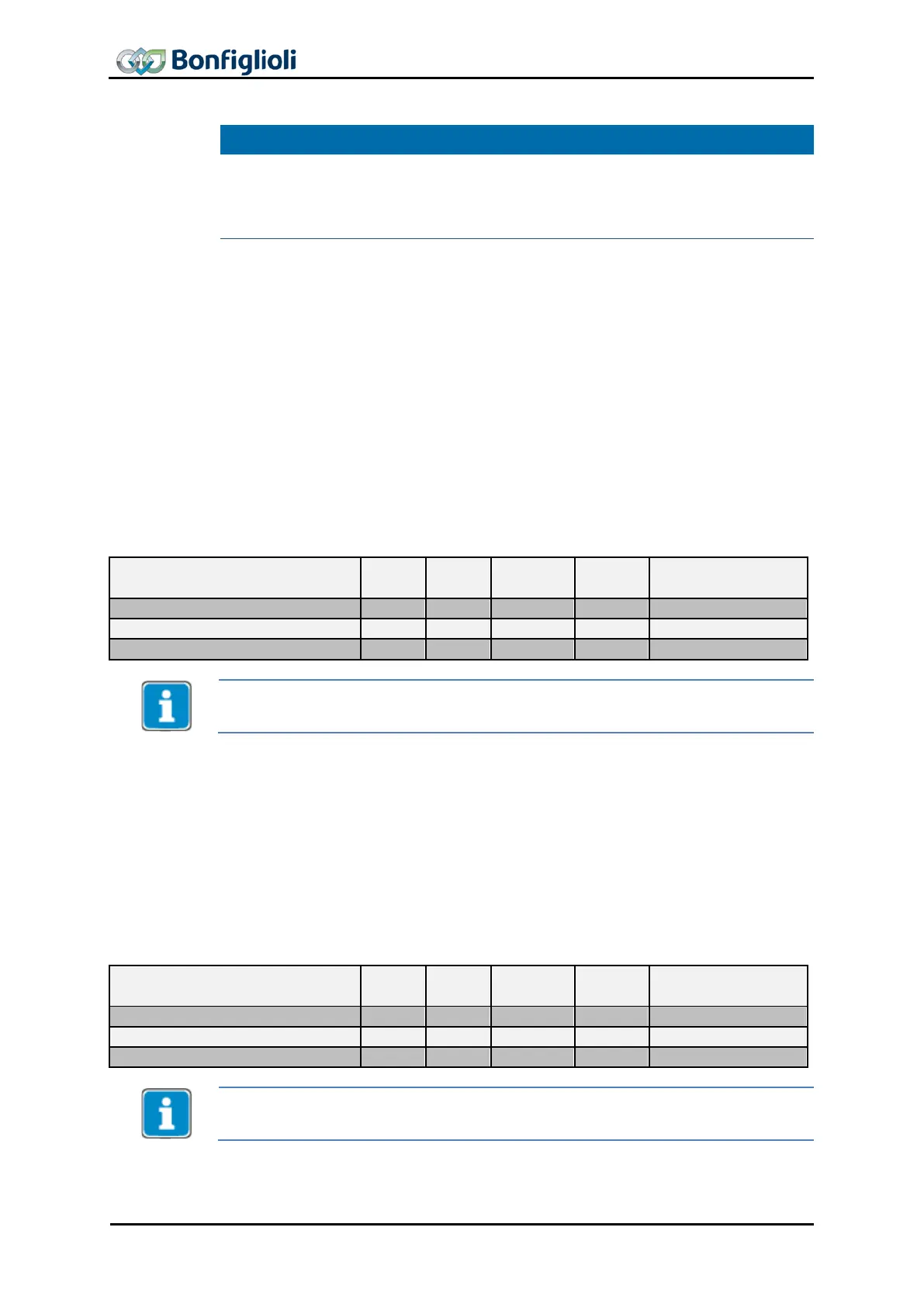